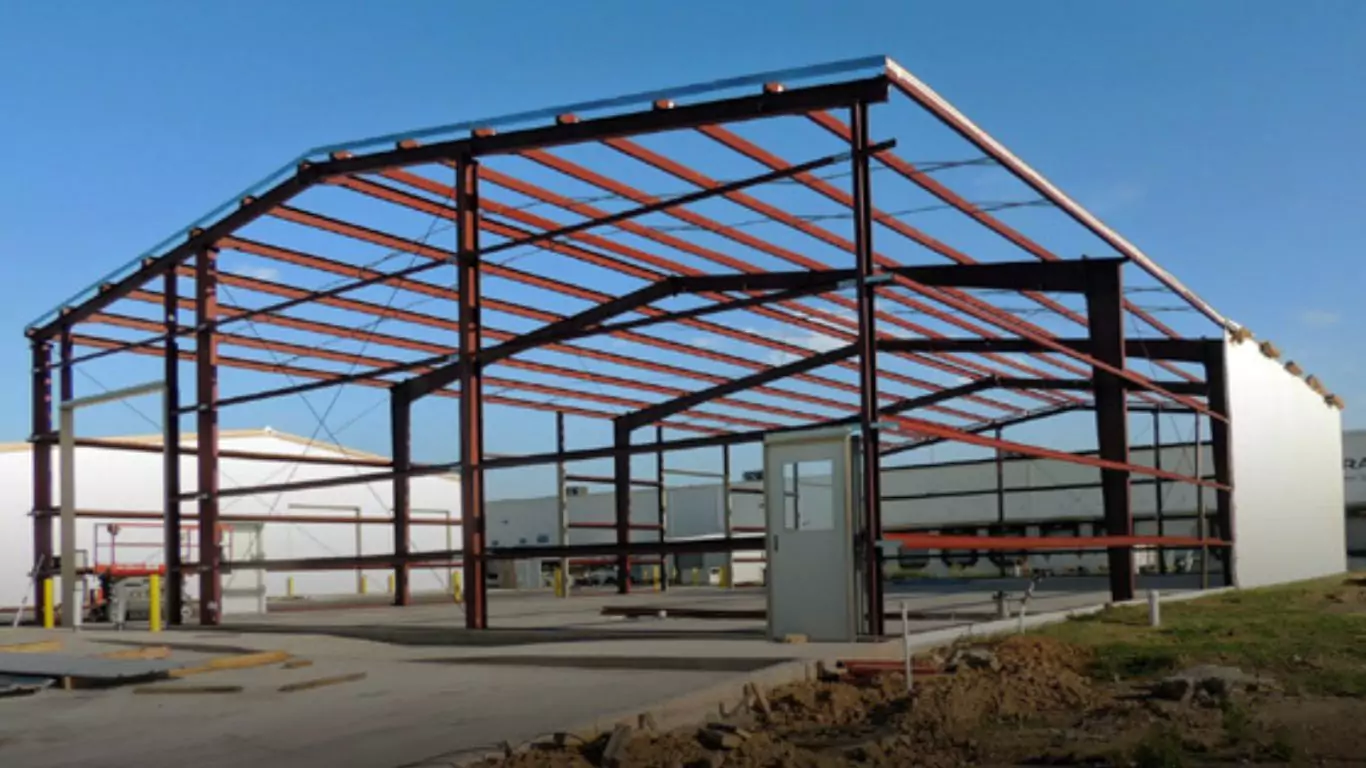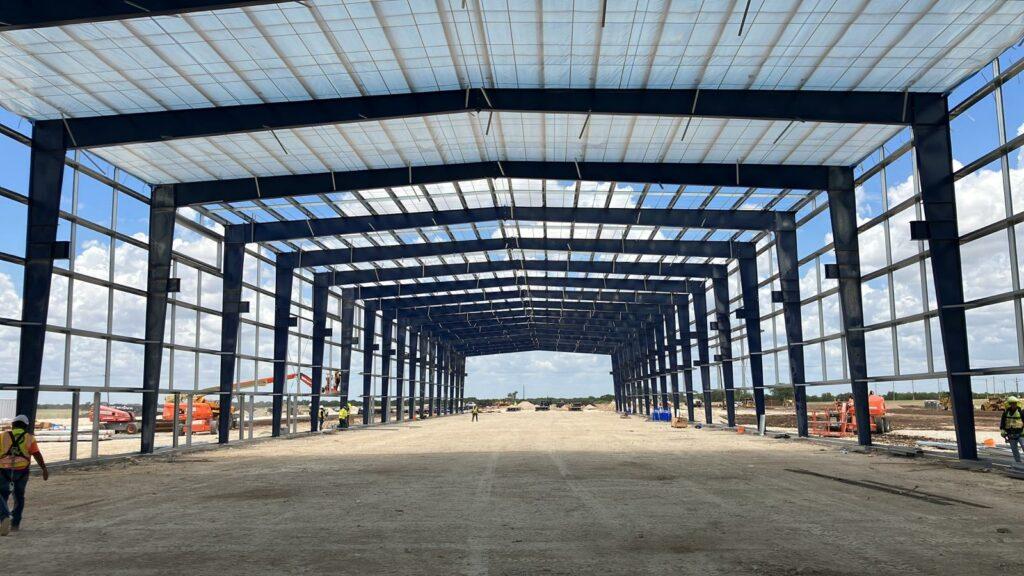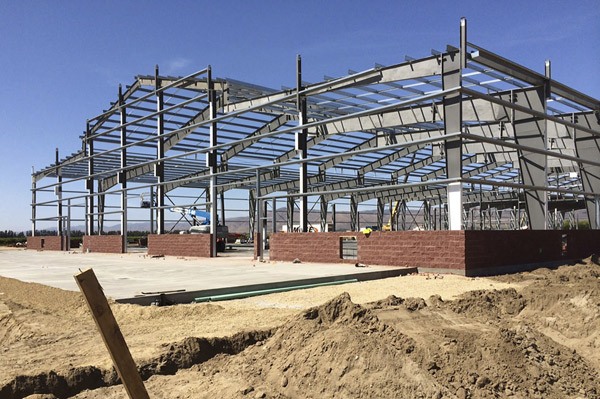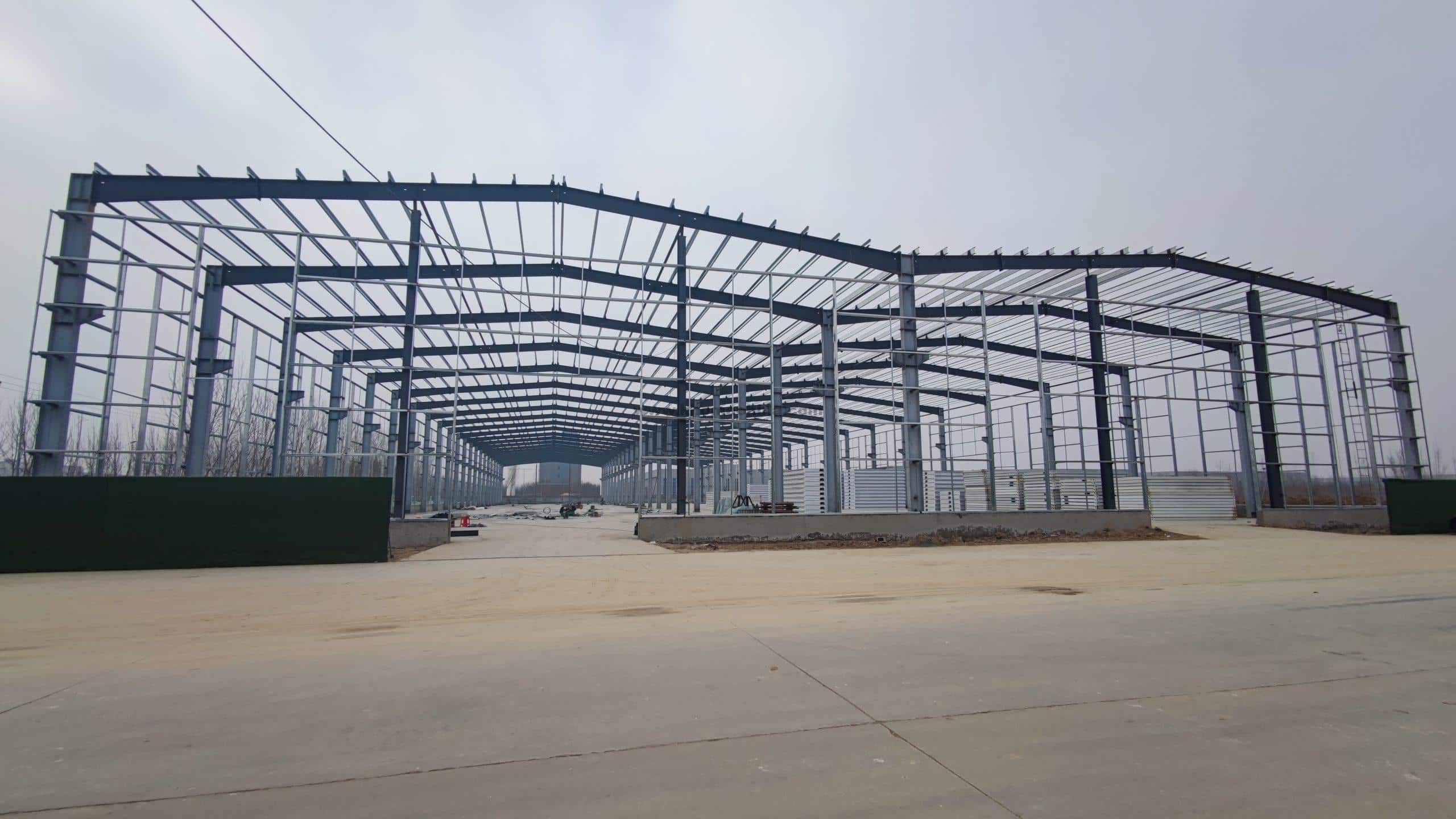Advantages of Prefabricated Steel Buildings vs Traditional Construction
Discover why prefabricated steel buildings outperform traditional construction. Cost-effective, fast, and eco-friendly. Read more!
Prefabricated steel buildings are gaining popularity as an alternative to traditional construction. This article explores the fundamental differences between the two and why prefabricated steel is superior. From construction speed to cost efficiency, durability, and design flexibility, prefabricated steel offers numerous advantages.
The article also discusses environmental aspects, fire resistance, and long-term value. Discover why more construction projects are turning to prefabricated steel solutions to meet modern building needs.
1. The Difference Between Prefabricated Steel Buildings and Traditional Construction
Prefabricated steel buildings and traditional construction differ significantly in various aspects, from the manufacturing process to installation methods. Understanding these differences is crucial for evaluating the pros and cons of each method.
Prefabricated steel buildings involve producing building components in a factory before shipping them to the project site for assembly. This process uses modern technology and strict quality control to produce precise and consistent components. In contrast, traditional construction involves building structures on-site from scratch, using raw materials such as bricks, concrete, and wood.
One of the main differences is construction time. Prefabricated steel buildings can be completed much faster because most of the work is done in the factory. Once components arrive on-site, assembly can be done quickly. Traditional construction takes longer because each stage must be completed sequentially on-site.
In terms of cost, prefabricated steel buildings are often more economical in the long run. Although initial costs may be higher, savings are obtained from shorter construction times, reduced material waste, and less on-site labour needs. Traditional construction may have lower material costs, but labour costs and longer project duration can increase overall costs.

Design flexibility also differs. Prefabricated steel buildings offer a range of customizable design options, but there are certain limitations because components are produced in the factory. Traditional construction provides more freedom in on-site design, although this can mean a more complex process and potentially more problems.
Environmental aspects are also an important consideration. Prefabricated steel buildings are generally more environmentally friendly due to more efficient production, waste reduction, and the use of recyclable materials. Traditional construction tends to produce more waste and has a larger carbon footprint due to more intensive material transportation and longer construction processes.
In terms of strength and durability, prefabricated steel buildings are designed to withstand various weather conditions and natural disasters. Steel structures have a high strength-to-weight ratio. Traditional construction, although strong, may require more intensive maintenance over time.
Finally, long-term adaptability also differs. Prefabricated steel buildings are easier to modify or expand in the future, while changes to traditional construction are often more complex and expensive.
Understanding these differences is important in choosing the most suitable construction method for a particular project, considering factors such as budget, schedule, design needs, and environmental considerations.
Advantages of Prefabricated Steel Buildings over Traditional Construction
2.1 Item Quality
Prefabricated steel buildings offer superior item quality compared to traditional construction. The controlled factory production process allows the use of precision equipment and advanced manufacturing techniques, resulting in components with high levels of accuracy and consistency. Strict quality control at every stage of production minimises variations and defects. The steel used also has precise and consistent specifications, ensuring optimal strength and structural integrity. Compared to the variability in on-site traditional construction, prefabricated steel offers more reliable and predictable quality.
2.2 Durability and Longevity
Prefabricated steel buildings excel in terms of durability and longevity. Steel is a very strong and durable material, capable of withstanding heavy loads and environmental pressures. Steel structures are resistant to weathering, insect attacks, and rot, problems often faced by traditional wood construction. Steel is also more resistant to earthquakes due to its flexibility. With proper maintenance, prefabricated steel buildings can last for decades without significant quality degradation. Protection against corrosion through galvanization or special coatings further enhances the structure’s longevity, making it a solid long-term investment.

2.3 Cost-Effectiveness
Cost-effectiveness is one of the main advantages of prefabricated steel buildings. Although initial costs may be higher, significant savings are obtained in the long run. Shorter construction times reduce labour costs and accelerate return on investment. The prefabrication process reduces material waste, optimising resource use. Maintenance costs are also lower due to steel’s resistance to damage. The energy efficiency of steel structures can reduce operational costs. Additionally, design flexibility allows easy adaptation for future needs, avoiding major renovation costs. All these factors contribute to substantial cost savings over the building’s lifespan.
2.4 Speed of Construction
Construction speed is a significant advantage of prefabricated steel buildings. Components are produced in the factory simultaneously with site preparation, saving time. On-site assembly can be very quick, reducing disruptions and costs associated with prolonged projects. Production is not dependent on weather, avoiding delays. Just-in-time delivery reduces on-site storage needs. This efficient process allows projects to be completed 30-50% faster than traditional methods. This speed is highly beneficial for commercial projects, allowing business operations to start sooner.
2.5 Steel is Recyclable
One of the main advantages of prefabricated steel buildings is the recyclability of steel. Steel is one of the most recycled materials in the world, with recycling rates reaching 90% in some countries. The steel recycling process requires far less energy compared to new steel production, significantly reducing environmental impact. Steel can be recycled repeatedly without losing its quality or strength, creating a sustainable material cycle. This makes prefabricated steel buildings a very environmentally friendly choice, reducing construction waste and conserving natural resources.
2.6 Steel is Non-Flammable
Fire resistance is an important advantage of prefabricated steel buildings. Although steel can weaken at high temperatures, modern designs integrate effective fire protection. Fire-resistant coatings and special insulation systems can be applied to steel structures, significantly increasing fire resistance. Steel does not easily burn and does not spread fire, unlike some traditional construction materials. This increases occupant safety and provides more time for evacuation in emergencies. Good fire resistance can also reduce insurance premiums and meet strict safety regulations.
2.7 Long Life Expectancy
Prefabricated steel buildings offer a very long life expectancy, often exceeding traditional structures. With proper maintenance, steel buildings can last for decades without significant quality degradation. Steel is resistant to various environmental conditions, including extreme weather, humidity, and temperature changes. Unlike wood, steel is not susceptible to rot, termite attacks, or fungi. Steel structures are also easier to maintain and repair if necessary. This long life expectancy means a better long-term investment, reducing the need for replacement or major renovations in the future.

2.8 Economical
The economic aspect of prefabricated steel buildings is evident in various factors. Factory production efficiency reduces material waste, optimising resource use. Shorter construction times reduce labour costs and allow faster revenue for commercial projects. Steel has a high strength-to-weight ratio, allowing for lighter designs and reducing foundation costs. Lower long-term maintenance costs and long life expectancy increase economic value. Flexibility for future modifications or expansions also adds long-term economic value. All these factors contribute to better overall cost efficiency compared to traditional construction methods.
2.9 Customization Options
Prefabricated steel buildings offer extensive customization flexibility. Modular design allows various configurations to meet specific needs. Steel components can be produced in various shapes and sizes, allowing creativity in architectural design. Wall and roof systems can be customised for desired aesthetics and function. Integration of MEP (mechanical, electrical, and plumbing) systems can be optimised in prefabricated design. Ease of modification allows future layout changes. Finishing options are diverse, from industrial paints to architectural facades. This customization allows prefabricated steel buildings to be suitable for various applications, from simple warehouses to modern offices.
2.10 Long-Term Value and Return on Investment
Prefabricated steel buildings offer superior long-term value and return on investment. Durability and long life expectancy reduce the need for major replacement or renovation. The energy efficiency of steel structures lowers long-term operational costs. Flexibility for modification allows easy adaptation to future needs without significant costs. The resale value of steel buildings tends to be higher due to their quality and durability. Reduction in insurance and maintenance costs contributes to long-term savings. Construction speed allows faster return on investment, especially for commercial projects. All these factors make prefabricated steel buildings a smart investment choice with attractive long-term value and returns.

3. Conclusion
Prefabricated steel buildings have proven themselves as a superior construction solution compared to traditional methods in various aspects. The advantages discussed show that prefabricated steel is not just an alternative, but a better choice for many modern construction projects.
Consistent and superior item quality, combined with the durability and longevity of steel structures, guarantees a solid long-term investment. Cost-effectiveness, from the construction process to long-term operations, makes prefabricated steel buildings an attractive economical choice. Construction speed that is much faster than traditional methods provides significant benefits, especially for commercial projects that require quick completion.
Environmental aspects, including steel recyclability and energy efficiency, are increasingly relevant in an era of growing environmental awareness. Resistance to fire and natural disasters increases safety and can reduce insurance costs. Flexibility in design and ease of modification allow prefabricated steel buildings to adapt to changing needs, adding to their long-term value.
Although traditional construction still has its place in the industry, the advantages of prefabricated steel buildings in terms of efficiency, quality, and sustainability make them an increasingly attractive choice for various types of projects. From commercial and industrial buildings to educational and healthcare facilities, prefabricated steel offers adaptive and effective solutions.
It’s important to note that the choice of construction method should be based on a comprehensive analysis of specific project needs, site conditions, and long-term considerations. However, considering all the factors discussed, prefabricated steel buildings often emerge as the more advantageous choice.
Looking ahead, with advancements in technology for prefabricated steel production and design, we can expect further innovations that will enhance the advantages of this method. Integration of smart building technology, use of more advanced steel materials, and improvements in on-site assembly techniques will continue to strengthen the position of prefabricated steel buildings as a leading construction solution.
For developers, investors, and project owners, considering prefabricated steel buildings is not just about choosing a construction method, but also investing in long-term efficiency, sustainability, and flexibility. With all the advantages offered, prefabricated steel buildings position themselves as a smart choice to meet current and future construction needs.


Post Comment